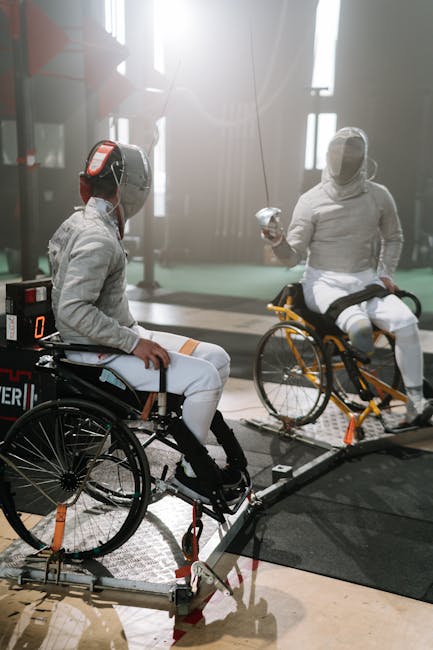
The Future of Augmented Reality Visa Interviews
The Future of Augmented Reality Visa Interviews
A New Era of Immigration Technology
In an increasingly digital world, the way we conduct official processes is evolving at an unprecedented pace. One of the most promising advancements is the integration of augmented reality (AR) into visa interviews. This innovation has the potential to revolutionize immigration procedures, making them more efficient, accessible, and secure. By blending the physical and digital worlds, AR could eliminate geographical barriers, reduce processing times, and enhance the accuracy of visa screenings.
How AR Visa Interviews Would Work
Imagine putting on a lightweight AR headset and stepping into a virtual consulate office, where a digital immigration officer greets you in real time. Through holographic projections, applicants could submit documents, answer questions, and even undergo biometric scans—all without leaving their homes. Advanced facial recognition and AI-driven analysis could verify identities while detecting inconsistencies in responses, ensuring a thorough yet streamlined process.
Benefits Beyond Convenience
Beyond the obvious convenience, AR visa interviews could democratize access to international travel. Applicants from remote areas or countries with limited consular services would no longer face long waits or expensive travel to embassy locations. Additionally, AR could reduce human bias in interviews by standardizing questions and evaluation criteria. Governments, too, would benefit from cost savings on physical infrastructure and staffing while maintaining high security standards through encrypted, tamper-proof virtual environments.
Challenges and Considerations
Of course, this futuristic vision isn’t without hurdles. Privacy concerns, cybersecurity risks, and the digital divide must be addressed to ensure equitable adoption. Not everyone has access to high-speed internet or AR devices, which could inadvertently exclude certain populations. Policymakers and technologists will need to collaborate closely to build inclusive, secure systems that protect sensitive data while delivering a seamless user experience.
The Road Ahead
While widespread implementation may still be years away, pilot programs and AR advancements suggest a promising trajectory. As the technology matures, we could see hybrid models—combining virtual and in-person elements—pave the way for full adoption. The future of visa interviews lies not in crowded waiting rooms, but in immersive, borderless digital spaces where opportunities are just a headset away.
Augmented reality is set to transform not just how we travel, but how we connect across borders. The question is no longer if AR visa interviews will happen, but when—and how we can prepare for this inevitable shift in global mobility.







